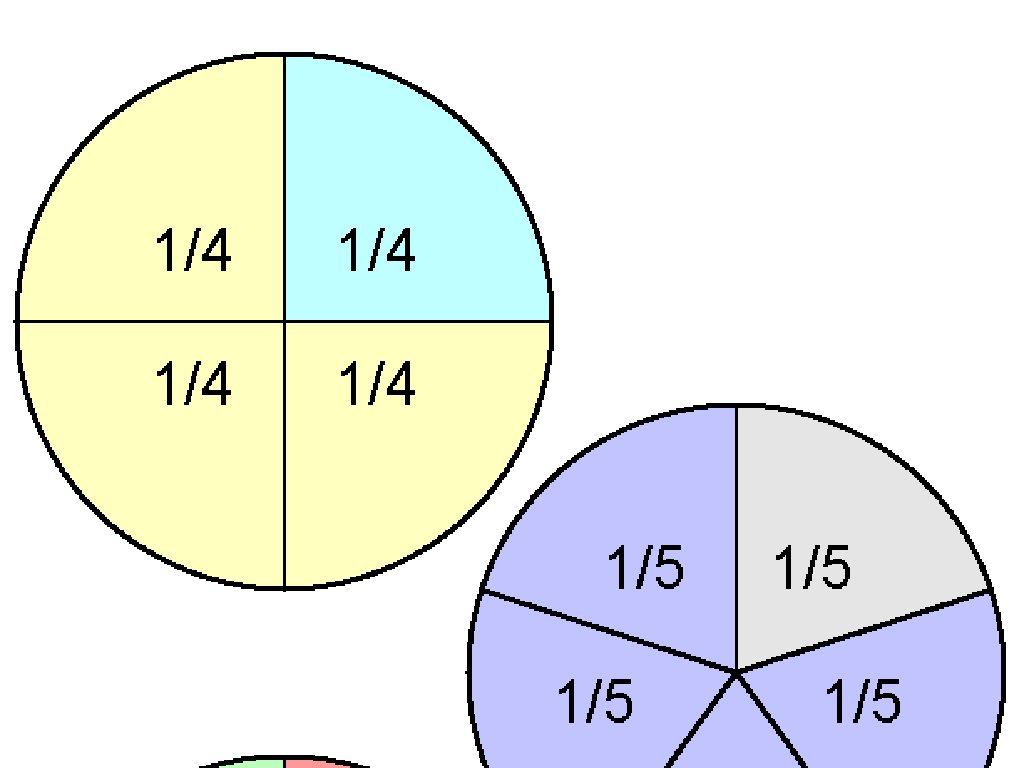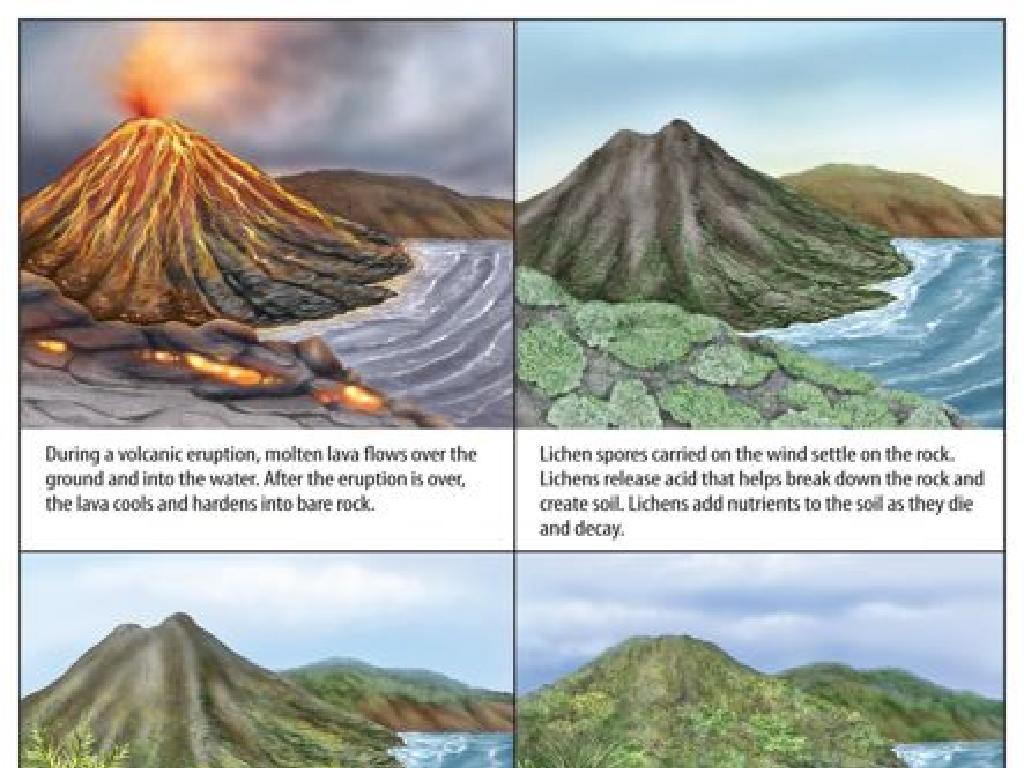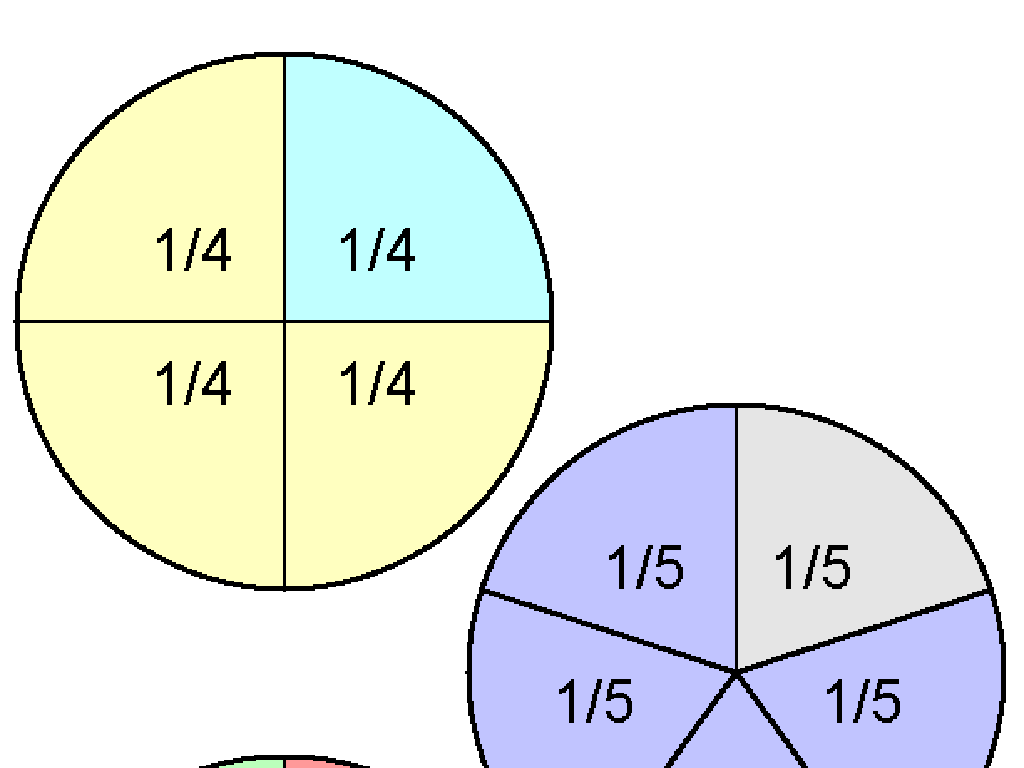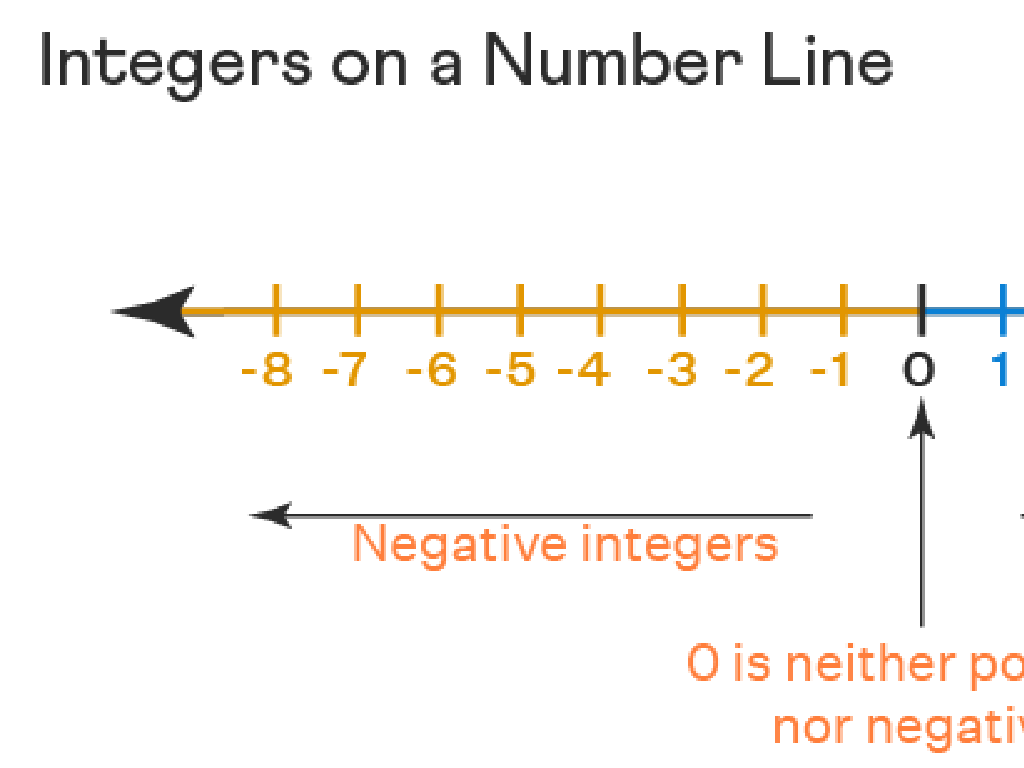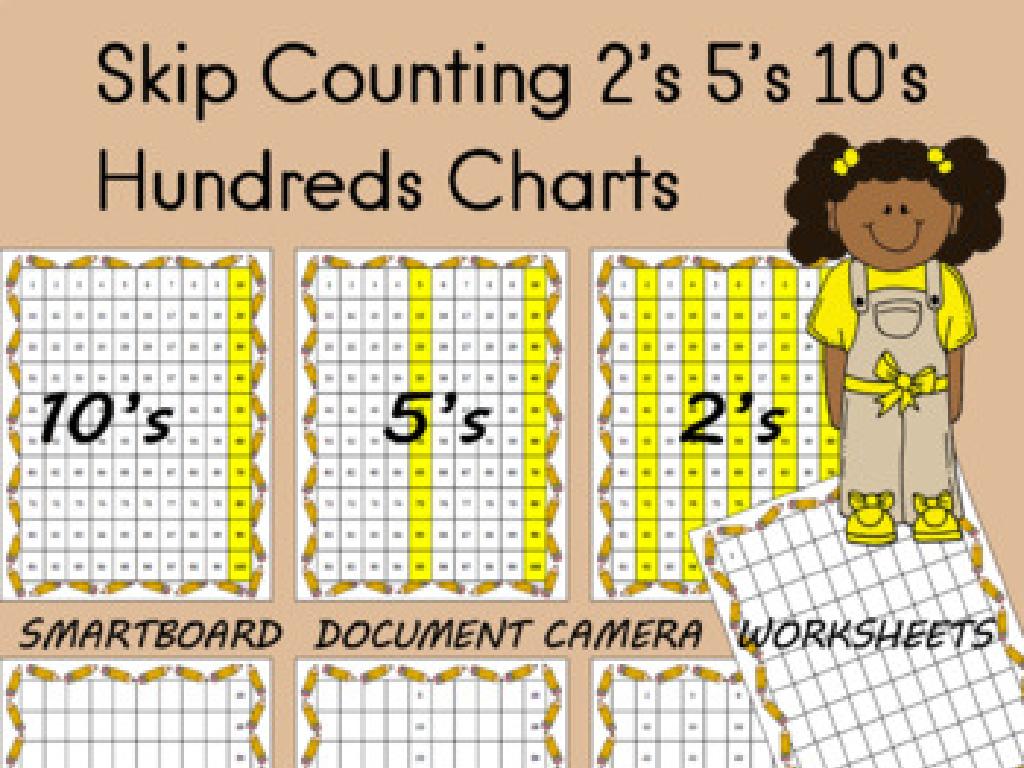Commas: Review
Subject: Language arts
Grade: Fourth grade
Topic: Commas
Please LOG IN to download the presentation. Access is available to registered users only.
View More Content
Welcome to Commas: Reviewing Commas
– Importance of commas in writing
Commas help clarify meaning and separate ideas.
– Recap of our last comma lesson
We learned about listing items and pausing in sentences.
– Examples of comma usage
For example, separating adjectives: ‘The big, fluffy dog barked.’
– Practice activity planned
|
This slide is aimed at refreshing the students’ memory on the use of commas in writing. Emphasize the role of commas in preventing confusion and making the text easier to read. Recall the previous lesson by summarizing the rules discussed, such as using commas in lists, after introductory phrases, or to set off additional information. Provide clear examples to illustrate each rule. Conclude with an announcement of a practice activity where students will apply their knowledge by inserting commas into sentences or identifying errors in comma usage. This will help solidify their understanding and prepare them for more advanced comma usage.
The Basics of Commas
– What is a comma?
– Commas indicate a pause
– It’s like taking a breath when reading aloud
– Examples of comma usage
– E.g., We bought apples, oranges, and bananas.
– Practice using commas
– Let’s write sentences with commas together!
|
This slide introduces the basic concept of commas to the students. Begin by explaining that a comma is a punctuation mark, which looks like a small curve or a ‘tail’ used in sentences. Emphasize that commas help readers to understand when to pause briefly in a sentence, much like taking a breath. Provide clear examples of comma usage, such as in lists, to separate adjectives, or after an introductory phrase. Encourage students to think of commas as a tool that helps make the meaning of sentences clearer. After explaining, engage the class in an interactive activity where they come up with their own sentences using commas, reinforcing their understanding through practice.
Commas in Lists
– Use commas to list items
– Commas help separate different items
– Example: eggs, milk, bread, cheese
– Like a shopping list: don t forget the last comma before ‘and’!
– Activity: List favorite foods
– Think of foods you love and write them down with commas
|
This slide is aimed at helping students understand the use of commas in a series or list. Start by explaining that commas act like a pause to separate items and make the list clear. Use the example provided to show how each item in a list is followed by a comma, and highlight the use of the Oxford comma before ‘and’. For the activity, encourage students to think of at least five of their favorite foods and write them down in a list, using commas correctly. This will help them apply what they’ve learned in a fun and personal way. Possible variations of the activity could include listing animals they like, books they’ve read, or activities they enjoy. The goal is to make the use of commas in lists intuitive through practice.
Commas in Dates and Addresses
– Commas in dates format
– Example: Wednesday, April 5, 2023
– Commas in addresses format
– Example: 123 Main Street, Springfield, IL
– Write today’s date with commas
– Write your school’s address with commas
|
This slide is aimed at teaching fourth-grade students the correct use of commas in dates and addresses. Start by explaining the placement of commas in dates, such as after the day of the week and the day of the month. Then, show how commas are used in addresses to separate the street from the city and the state. Provide today’s date and the school’s address as examples for the students to practice writing them with commas. Encourage the students to share their examples. This exercise will help reinforce the rules and give them practical experience in using commas correctly.
Commas with Conjunctions
– Combine sentences with commas
– Use conjunctions: for, and, nor, but, or, yet, so
– Example: Playing outside wish
– I wanted to play outside, but it was raining.
– Write your own sentences!
– Think of two ideas and join them with a comma and a conjunction.
|
This slide is aimed at helping students understand how to use commas in conjunction with coordinating conjunctions to combine sentences. Start by explaining each conjunction and its use. Then, show the example provided to illustrate how ‘but’ is used with a comma to connect two contrasting ideas. Encourage students to come up with their own examples by thinking of two related or contrasting ideas and connecting them using a comma and one of the conjunctions. This activity will reinforce their understanding of sentence structure and the role of commas in writing.
Commas in Complex Sentences
– Commas after introductory phrases
– Introductory phrases start sentences and are followed by a comma
– Example: After homework, park time!
– Activity: Find and comma-tize!
– Look at sentences, find the starting phrase, and add a comma
– Why commas matter in sentences
– Commas help readers know when to pause and understand sentence parts
|
This slide introduces the use of commas after introductory phrases in complex sentences. Start by explaining that an introductory phrase sets the stage for the main part of the sentence and is usually followed by a comma to signal a pause. Use the example provided to illustrate how the comma separates the introductory phrase from the main action. For the activity, provide students with sentences lacking commas and ask them to identify the introductory phrases and insert commas appropriately. Emphasize the importance of commas for clarifying sentence structure and meaning. Encourage students to explain why they placed commas in certain spots to foster understanding of the rule.
Avoiding Comma Splices
– Understanding comma splices
– A comma splice happens when two independent clauses are joined with just a comma.
– Methods to fix comma splices
– Use a period, semicolon, or conjunction to fix splices.
– Examples of comma splices
– For example: ‘I love ice cream, it is delicious.’ This is a comma splice.
– Practice correcting them
– We’ll correct sentences together to learn.
|
This slide introduces the concept of comma splices to the students, explaining that it is incorrect to join two independent sentences with just a comma. The slide will provide methods to fix comma splices, such as using a period to make two sentences, a semicolon to connect closely related ideas, or adding a conjunction like ‘and’ or ‘but’. Provide clear examples of comma splices and then engage the class in an interactive activity where they correct sentences with comma splices. This practice will help reinforce their understanding and application of the rules for proper comma usage.
Class Activity: Comma Hunt!
– Find & correct comma errors
– Work in pairs on a story paragraph
– Discuss your findings together
– Share corrections with the class
|
This interactive activity is designed to reinforce the students’ understanding of comma usage. Provide each pair with a short paragraph from a children’s story that contains several deliberate comma mistakes. Encourage them to work together to identify and correct the errors. Afterward, facilitate a class discussion where each pair shares their corrections and explains the reasoning behind their choices. This will not only help them learn from each other but also solidify their knowledge of proper comma usage. Possible activities for different pairs could include paragraphs with missing commas in a list, incorrect comma usage in compound sentences, or misplaced commas in direct address.
Wrapping Up: Commas and Your Homework
– Review today’s comma lessons
– Homework: Craft a short story
– Include at least five sentences with commas
– Use commas correctly in the story
– Show commas for lists, pauses, or to join ideas
– Practice leads to perfection
|
As we conclude today’s lesson, remind students of the key points we’ve covered about using commas. For homework, they should write a short story that includes commas to separate items in a series, to set off introductory elements, or to join independent clauses with conjunctions. Emphasize the importance of practice in mastering comma usage. In the next class, we can have a few students share their stories to demonstrate their understanding and to learn from each other’s use of commas.

